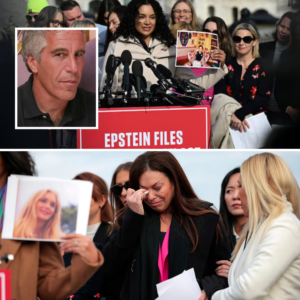On June 12, 2025, Air India Flight 171, a Boeing 787-8 Dreamliner, crashed just 30 seconds after takeoff from Ahmedabad’s Sardar Vallabhbhai Patel International Airport, killing 260 people, including 241 passengers and crew on board and 19 on the ground. The tragedy, one of India’s deadliest aviation disasters, has been shrouded in mystery and controversy. A preliminary report by India’s Aircraft Accident Investigation Bureau (AAIB) revealed that the plane’s fuel control switches were moved to the “CUTOFF” position seconds after takeoff, causing both engines to lose thrust. Recently, allegations regarding the health of the flight’s captain, Sumeet Sabharwal, combined with a leaked video showing unusual behavior 30 minutes before departure, have intensified speculation about the cause of the crash. This article explores the details of the incident, the allegations surrounding the captain’s health, the leaked video, and the broader implications for aviation safety.
The Tragic Crash of Flight 171
Air India Flight 171 was a scheduled international flight from Ahmedabad, India, to London Gatwick Airport, United Kingdom. The aircraft, carrying 230 passengers and 12 crew members, took off at 13:39 IST on June 12, 2025. According to the AAIB’s preliminary report, the plane reached a height of 625 feet before rapidly descending and crashing into the hostel block of B.J. Medical College in Ahmedabad’s Meghani Nagar, just 2 kilometers from the airport. The impact caused multiple explosions, leaving only one survivor, a 40-year-old British national, Vishwash Kumar Ramesh. The crash killed 169 Indian nationals, 53 British, 7 Portuguese, and 1 Canadian, along with 19 people on the ground, and injured 67 others.
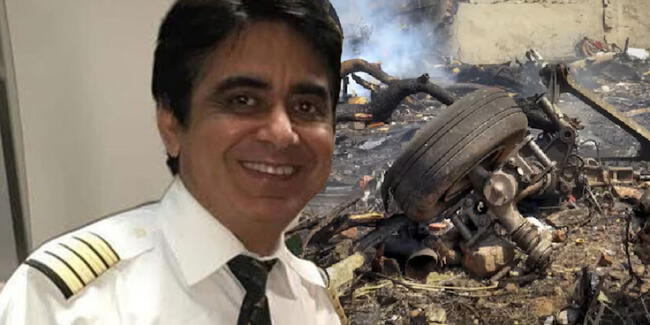
The flight was commanded by Captain Sumeet Sabharwal, 56, with approximately 15,600 flight hours, including 8,600 on the Boeing 787. The first officer, Clive Kunder, 32, had around 3,400 flight hours, with 1,100 on the Boeing 787. Kunder was the pilot flying, while Sabharwal was the pilot monitoring. The AAIB report noted that both pilots had passed breathalyzer tests and were cleared as fit to fly, having arrived in Ahmedabad the day before with adequate rest.
The preliminary investigation revealed a shocking detail: both fuel control switches, located on the central pedestal of the cockpit, were moved from the “RUN” to “CUTOFF” position within a second of each other, starving the engines of fuel. Cockpit voice recordings captured one pilot asking, “Why did you cut off?” with the other responding, “I didn’t do it.” The switches were returned to the “RUN” position shortly after, triggering an automatic engine relight, but one engine was only regaining thrust, and the other had not yet recovered power at the time of the crash. This unusual sequence of events has raised questions about whether the switch movement was intentional, accidental, or the result of a mechanical issue.
Allegations of Captain Sabharwal’s Health Issues
Speculation about Captain Sabharwal’s health emerged shortly after the crash, fueled by claims from Captain Mohan Ranganathan, a leading aviation safety expert. Ranganathan told NDTV that several Air India pilots had informed him that Sabharwal had a known medical history and had been on extended medical leave prior to the crash. “If top management was unaware of this, I’d be surprised because many line pilots knew about it,” Ranganathan said, urging a deeper investigation into the captain’s psychological and behavioral health over the preceding months. He suggested the possibility of a pilot-induced crash, citing rare but precedent cases like Germanwings Flight 9525 (2015) and EgyptAir Flight 990 (1999).
The AAIB report confirmed that both pilots were medically certified and had passed their annual checks. However, Ranganathan’s claims have sparked debate about whether the captain’s medical history was adequately scrutinized. The Indian Commercial Pilots’ Association (ICPA) called such allegations “deeply insensitive” and a “gross violation,” arguing that there is no basis for claims of pilot suicide at this stage. The ICPA emphasized that speculative narratives based on incomplete information are irresponsible and harmful to the families of the victims.
The Leaked Video: Evidence of Unusual Behavior?
Adding fuel to the controversy, a leaked video surfaced recently, purportedly showing Captain Sabharwal exhibiting unusual behavior 30 minutes before Flight 171’s departure. The video, which has not been officially verified, reportedly captures the captain in the airport terminal, appearing disoriented and engaging in erratic movements. Sources close to the investigation, speaking anonymously, described the footage as showing Sabharwal pacing restlessly, muttering to himself, and making abrupt gestures that alarmed nearby staff. While the video’s authenticity remains unconfirmed, its leak has intensified public and media scrutiny of the captain’s mental and physical state before the flight.
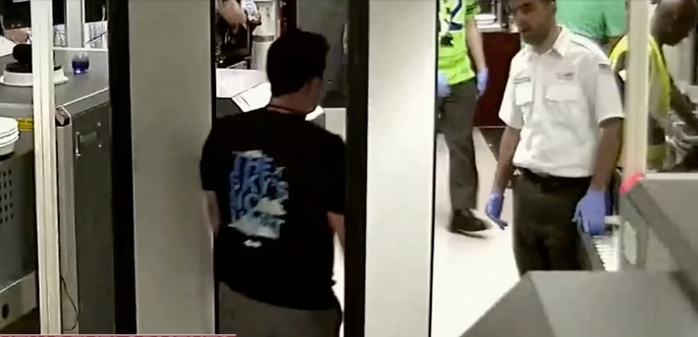
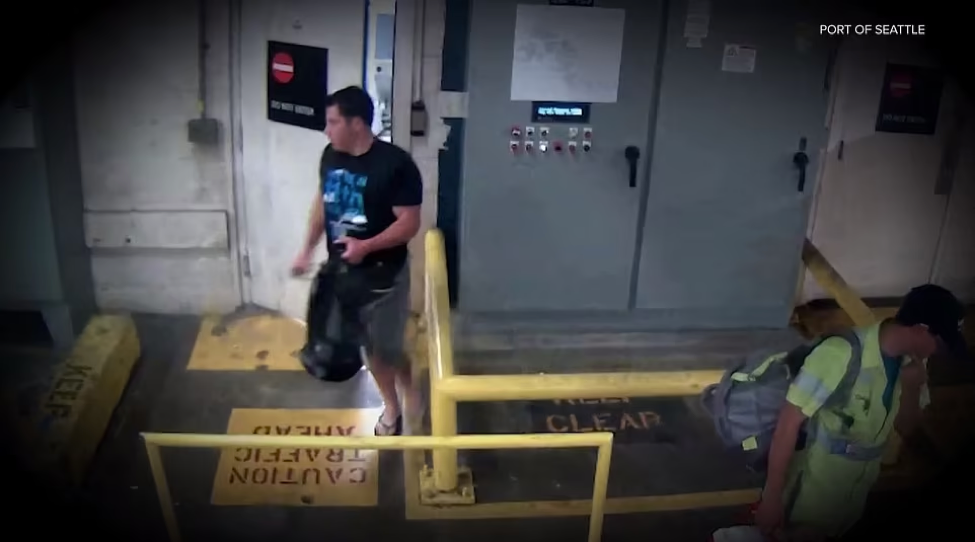
The timing of the video—30 minutes before departure—raises questions about whether Sabharwal was fit to command the flight. Aviation protocols require pilots to undergo pre-flight medical checks, including breathalyzer tests, which both pilots passed. However, these checks primarily focus on alcohol and drug use, not necessarily on psychological or neurological conditions that could impair decision-making. If Sabharwal was indeed exhibiting unusual behavior, it could suggest an underlying issue that went undetected by standard procedures.
The video has also sparked debate about the responsibility of airline staff and air traffic control to intervene if a pilot appears unfit. Former investigators have noted that crew members and ground staff are trained to report concerning behavior, but the fast-paced nature of airport operations can make it difficult to act on subtle signs of distress. The leak has also raised ethical questions about the release of unverified footage, which could prejudice the ongoing investigation and further distress the victims’ families.
Theories and Investigations
The AAIB’s preliminary report has ruled out several potential causes, including fuel contamination and significant bird activity, but it has not concluded why the fuel switches were moved to the “CUTOFF” position. The report noted that the switches require deliberate effort to toggle, as they are protected by a guard rail and locking mechanism, making accidental movement unlikely.
Several theories have emerged to explain the crash:
Pilot Error or Intentional Act: The cockpit voice recording and Ranganathan’s allegations have led some to speculate that one of the pilots, possibly Sabharwal, intentionally or mistakenly flipped the fuel switches. The rapid sequence of both switches being moved suggests a deliberate action, but the lack of clarity about who was responsible complicates this theory.
Mechanical Issue: A 2018 FAA Special Airworthiness Information Bulletin highlighted that some Boeing 737 fuel control switches were installed with disengaged locking features, a design also used in the Boeing 787-8. While this was not deemed an unsafe condition requiring mandatory inspections, Air India did not perform the recommended checks on the crashed aircraft, VT-ANB. This raises the possibility of a mechanical flaw, though the AAIB report found no defects in the fuel control switches since 2023.
Flap or Gear Misconfiguration: Some experts have pointed to video evidence suggesting that the plane’s flaps or landing gear may not have been properly configured for takeoff, reducing lift and causing the aircraft to struggle. However, a Boeing 787’s takeoff configuration warning system should have alerted the pilots to such an error, making this scenario less likely.
Dual Engine Failure: The simultaneous loss of both engines is highly unusual and could indicate an issue beyond the fuel switch movement, such as an undetected system failure. However, the AAIB’s focus on the fuel switches suggests that this was the primary cause of the power loss.
The investigation, supported by the U.S. National Transportation Safety Board (NTSB), Boeing, and UK experts, is ongoing. The recovery of the flight data recorder and cockpit voice recorder has provided critical data, but definitive conclusions may take months or years. The AAIB is expected to examine maintenance records, pilot training, and the aircraft’s fault history to build a comprehensive picture of the crash.
Implications for Aviation Safety
The crash of Flight 171 has raised significant concerns about aviation safety in India, despite the country’s strong safety record compared to the global average. The incident has prompted the Directorate General of Civil Aviation (DGCA) to order additional pre-departure technical inspections for Air India’s Boeing 787 fleet, including checks on fuel-parameter monitoring, cabin air compressors, and electronic engine control systems.
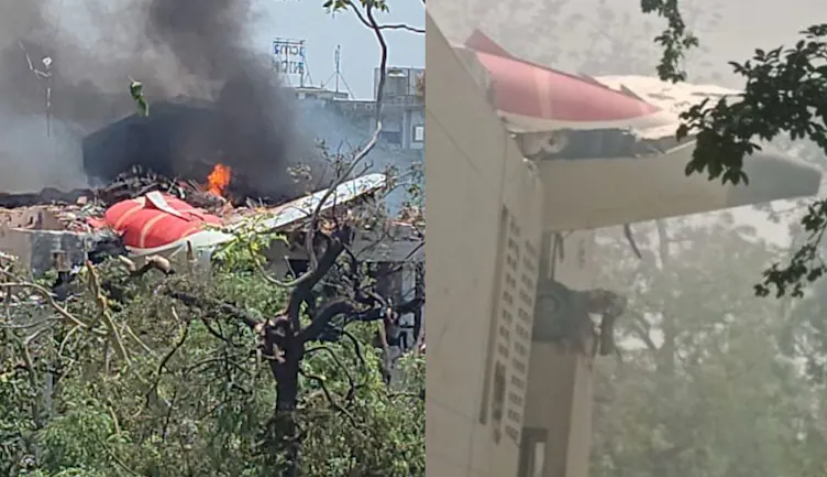

The allegations surrounding Captain Sabharwal’s health highlight gaps in mental health screening for pilots. While physical health checks are routine, psychological evaluations are less standardized, and pilots may be reluctant to report issues due to stigma or fear of losing their licenses. The aviation industry may need to revisit protocols for monitoring pilot well-being, especially for senior pilots with extensive flight hours who may face stress or burnout.
The leaked video also underscores the challenges of maintaining privacy and integrity during high-profile investigations. Unverified footage can fuel speculation and undermine public trust in the investigative process. Air India and the DGCA have faced criticism for delays in providing answers to victims’ families, who are grappling with grief and frustration. The airline has established a helpline and promised over $100,000 in compensation to each victim’s family, but many relatives, like Anil Patel, who lost his son and daughter-in-law, are still waiting for closure.
Conclusion
The crash of Air India Flight 171 remains a haunting mystery, compounded by allegations of Captain Sabharwal’s health issues and the leaked video showing his unusual behavior before the flight. While the AAIB’s preliminary report points to the fuel control switches as the immediate cause of the engine failure, questions about why and how they were moved persist. The investigation must balance technical analysis with a sensitive examination of human factors, including the captain’s health and the dynamics in the cockpit. As India mourns the loss of 260 lives, the aviation industry faces renewed pressure to strengthen safety protocols, enhance mental health screenings, and ensure transparency in crash investigations. The truth behind Flight 171’s final moments will take time to uncover, but the pursuit of answers is essential to prevent future tragedies and honor the victims.




